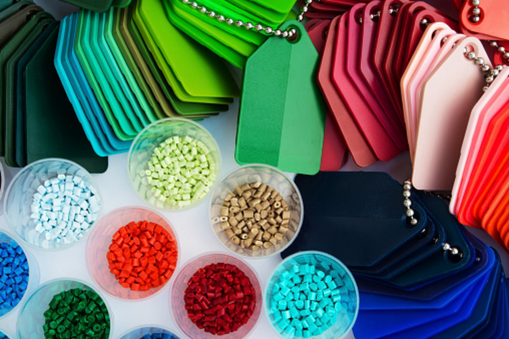The Advantages and Process of Injection Molding
Have you ever wondered how plastic products are created so efficiently and accurately? The answer lies in a manufacturing process called injection molding. Injection molding is a widely used technique in the manufacturing industry that enables the production of high-quality plastic products at a large scale. In this article, we will explore the advantages of injection molding and delve into the process involved.
Advantages of Injection Molding
1. Cost-effectiveness: Injection molding is an incredibly cost-effective method of manufacturing plastic products. The initial tooling costs may be high, but once the molds are created, the production cost per unit decreases significantly. This makes it an ideal choice for large-scale production.
2. Precision and accuracy: Injection molding allows for the creation of highly precise and accurate plastic products. The molds used in the process are designed with intricate details, ensuring the finished products meet the exact specifications. This level of precision is crucial in industries such as automotive and electronics.
3. Versatility: Injection molding offers great versatility in terms of design and material selection. It can accommodate various shapes, sizes, and complexities, making it suitable for a wide range of applications. Additionally, different types of plastics can be utilized, including thermoplastics and elastomers.
4. Efficiency and speed: The injection molding process is highly efficient and fast. Once the molds are set up, the production cycle can be repeated continuously, resulting in a high output rate. The automation of the process also contributes to its efficiency.
The Injection Molding Process
The injection molding process consists of several stages:
1. Clamping:
The first step involves clamping the mold halves together using a clamping unit. The mold is securely closed to prevent any leakage during the subsequent steps.
2. Injection:
Next, the plastic material, usually in the form of pellets, is fed into the injection molding machine. The material is heated to its melting point and then injected into the mold under high pressure. The molten plastic takes the shape of the mold cavity.
3. Cooling:
Once the mold has been filled with the molten plastic, it is left to cool and solidify. Cooling can be accelerated by using cooling channels in the mold. The cooling time depends on the material and the thickness of the product.
4. Ejection:
After the cooling process, the mold is opened, and the solidified product is ejected. Ejection pins or air blasts are used to remove the product from the mold. The mold is then ready for the next cycle.
Conclusion
Injection molding is a highly advantageous manufacturing process that offers cost-effectiveness, precision, versatility, and efficiency. Its ability to produce high-quality plastic products at a large scale makes it a preferred choice in various industries. Understanding the injection molding process can help businesses leverage this technique to create innovative and reliable plastic products.

